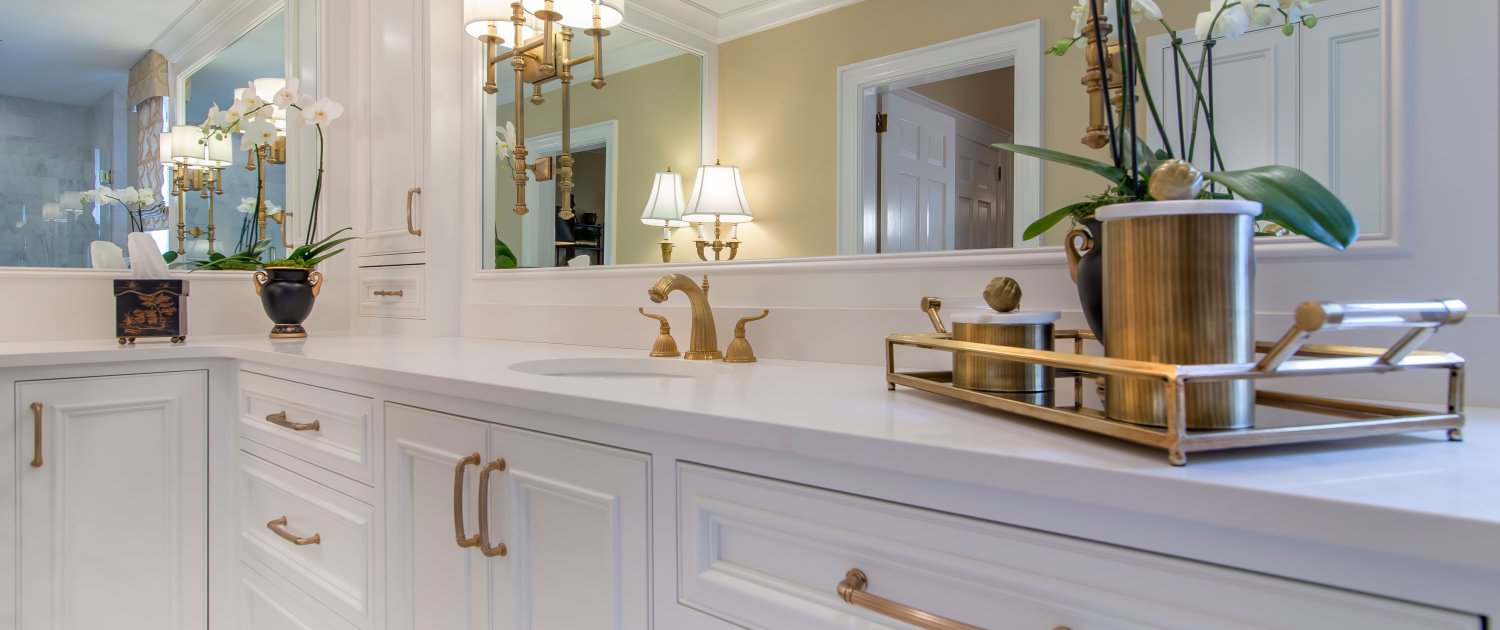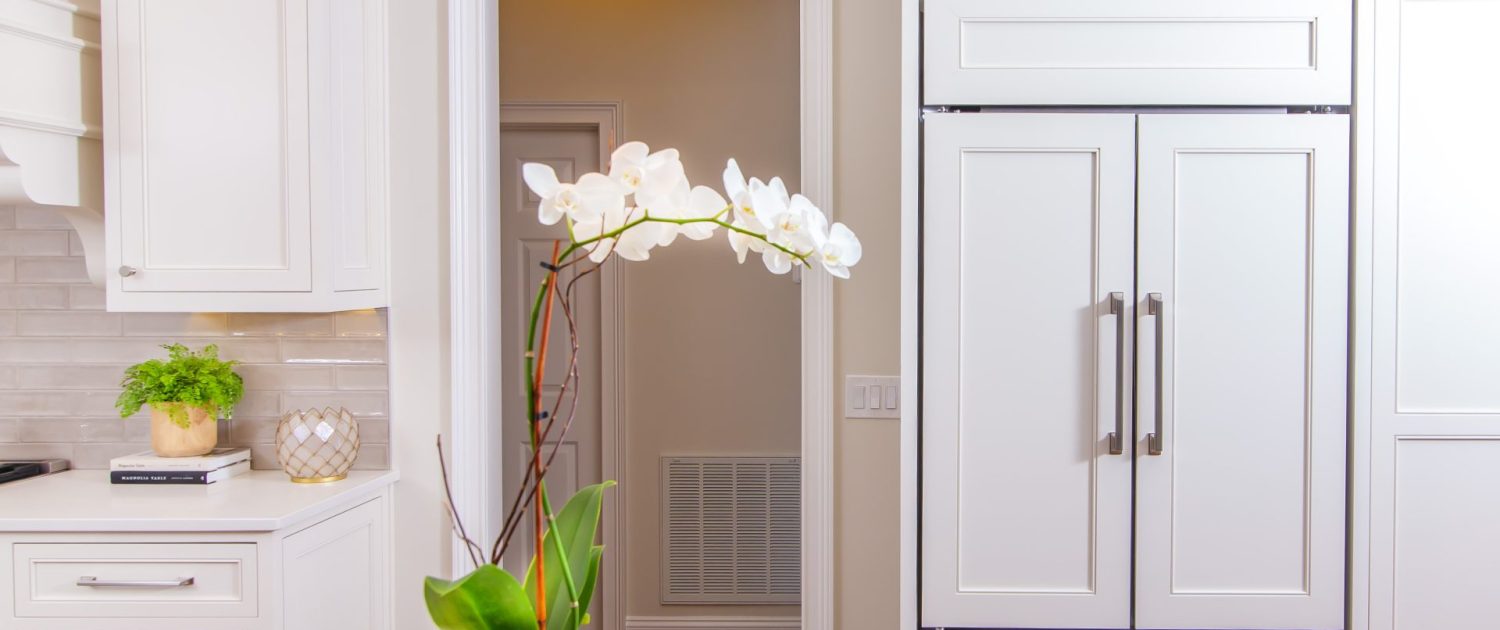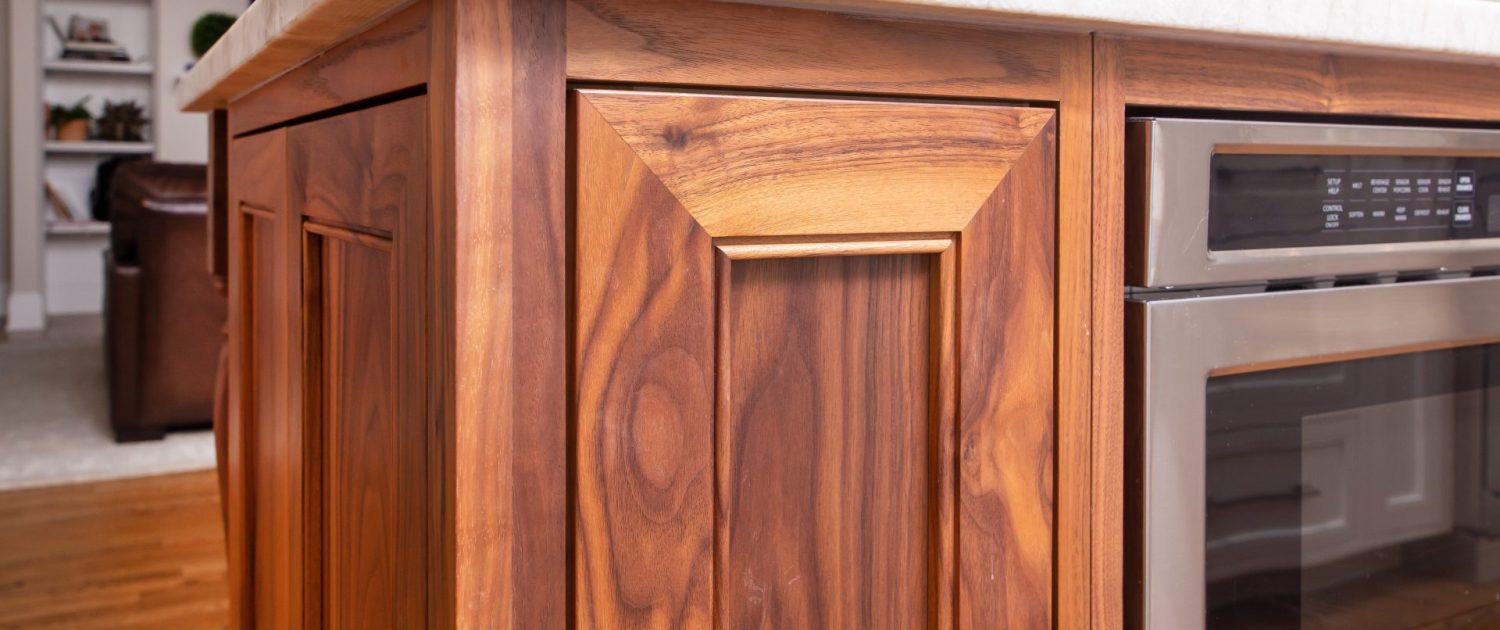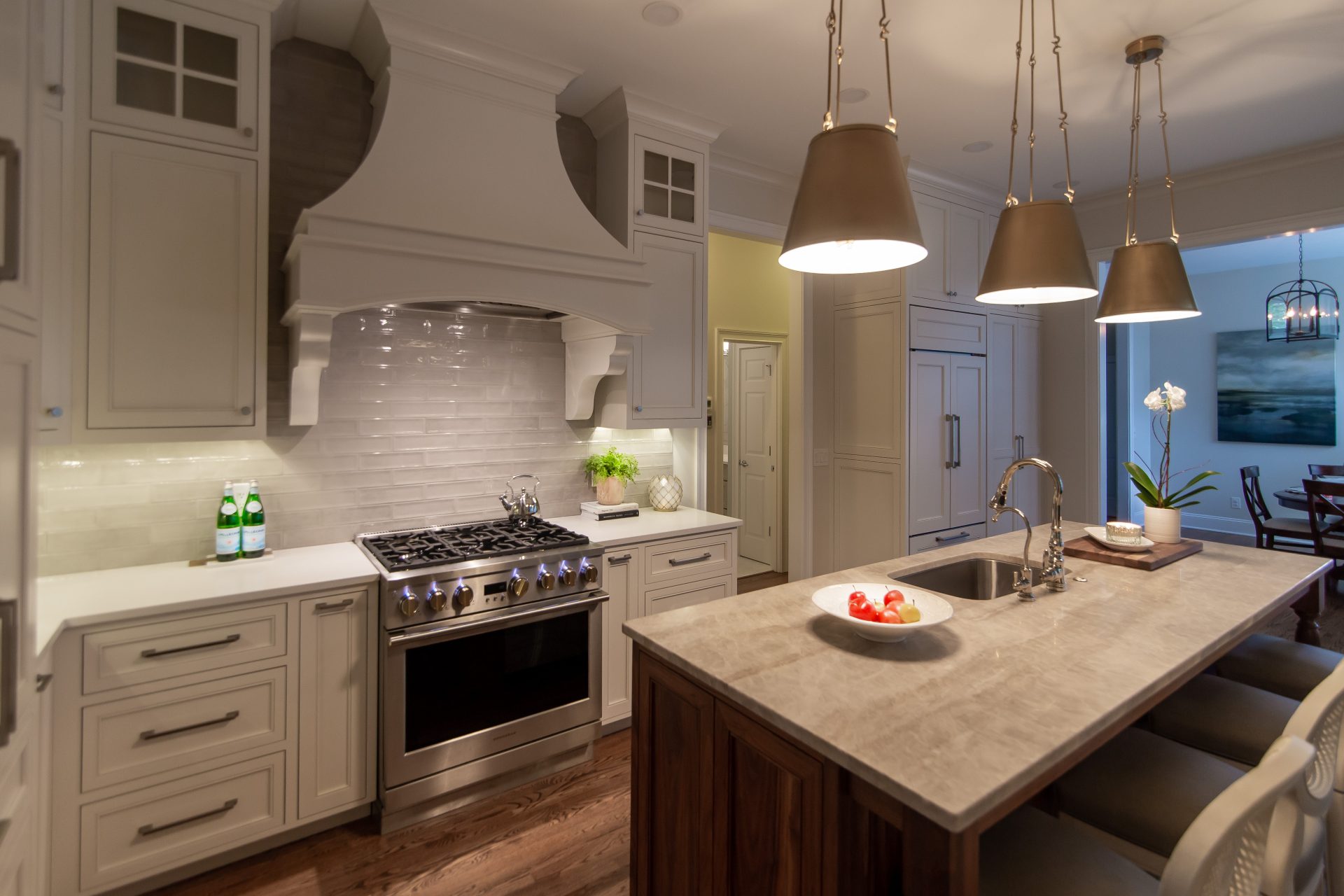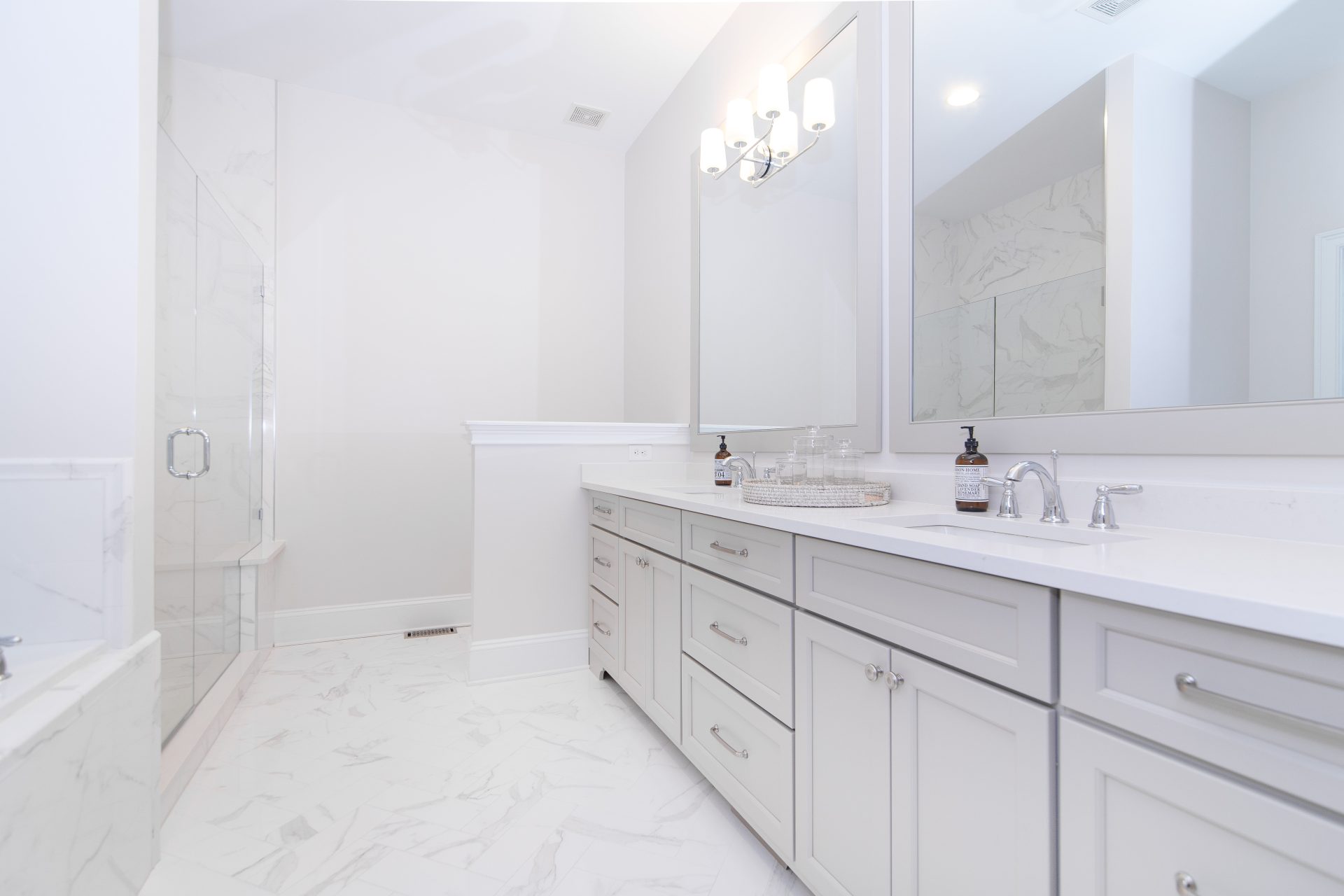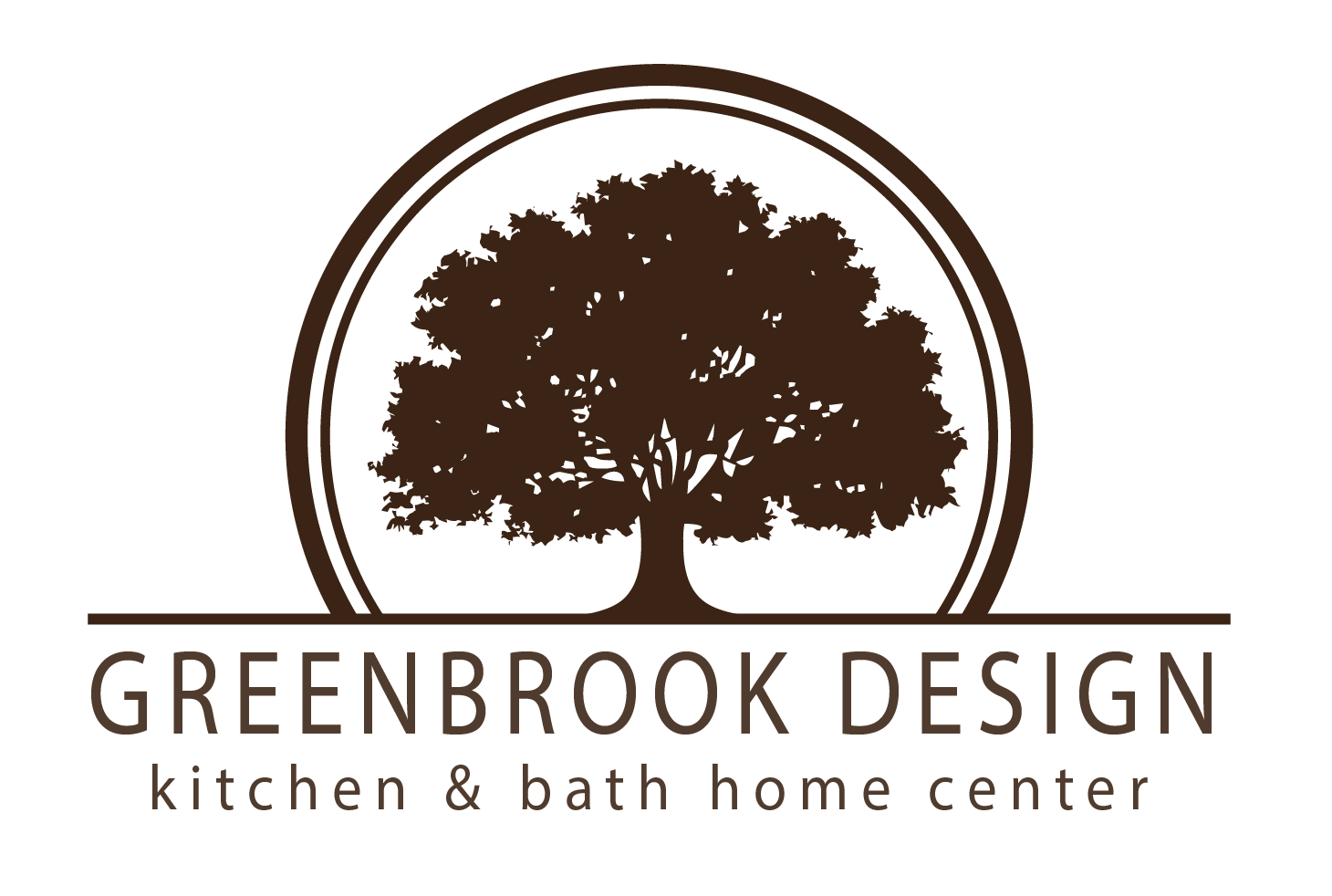 Post by Stacey Walker. Stacey mostly works behind the scenes for Walker Woodworking, managing day to day operations, and marketing. Stacey has helped many clients create their dream space.
Post by Stacey Walker. Stacey mostly works behind the scenes for Walker Woodworking, managing day to day operations, and marketing. Stacey has helped many clients create their dream space.
Designing Your Dream Home: Customization Options in Home Building
Designing your dream home is an exhilarating, deeply personal journey, and the wealth (and relative ease) of customization options available in home building today make it possible to translate your unique vision into reality. A recent survey by the National Association of Home Builders (NAHB) revealed that over 60% of home buyers are interested in having an utterly custom-built house, underscoring the growing trend towards personalized home construction in today’s market.
“Designing your dream home is much more than just construction; it’s about making informed choices that align with your lifestyle and future needs,” remarks Darren Robertson of Northern Virginia Home Pro. “It’s a careful balance between aesthetic appeal and functional practicality, ensuring that every aspect of your home serves a purpose – be it sensorily, functionally – or both!“
Architectural Style: The Foundation of Your Dream Home
The architectural style of your home sets the tone for its overall appearance and character. Whether you prefer the clean lines of modern architecture, the timeless elegance of traditional designs, or the rustic charm of a country cottage, your choice should align with your aesthetic preferences and functional needs. Consider blending styles for a unique look, or stick to a specific era for authenticity.
Floor Plan: Tailoring Spaces to Your Lifestyle
The floor plan is the heart of your home’s design, and mindfully customizing your floor plan allows you to create spaces that cater to your unique lifestyle and needs. Open-plan designs, for example, are ideal for those who love to entertain, offering a seamless flow between living, dining, and kitchen areas; alternatively, segmented layouts provide privacy (to those more inclined to burrow) and can help define distinct regions within the home. Also, remember to factor in future needs, such as aging in place or accommodating a growing family as the years roll on.
Sustainable and Smart Home Features
Sustainability is no longer just a (gigantic) buzzword; it’s now a crucial aspect of modern home design. Incorporating key components such as energy-efficient windows, solar panels, and eco-friendly materials reduces your carbon footprint and saves a tidy sum of cash in the long run. Smart home technology, such as automated lighting, heating, and security systems, can enhance your home’s functionality and comfort.
Exterior Elements: Creating Curb Appeal
First impressions count! The exterior of your home is just as important as the interior, and customization options, such as siding materials, roofing, and color schemes, can drastically impact your home’s curb appeal. Landscaping, outdoor lighting, and outdoor living spaces, such as patios and decks, can also be tailored to complement the architectural style and enhance the outdoor experience.
Interior Design: A Reflection of Your Personality
The interior of your home is where your personality can truly shine; custom cabinetry, flooring choices, and wall finishes, for example, allow you to express your style. It’s important to consider that high-quality materials and finishes add aesthetic value and contribute to your home’s durability and longevity.
Lighting: Setting the Mood
Lighting plays a pivotal role in setting the mood and atmosphere of your home. Custom lighting solutions can range from dramatic chandeliers in the foyer to subtle recessed lighting in the living areas. Additionally, using natural light through strategically placed windows and skylights, for example, can further enhance your home’s ambiance.
Kitchens and Bathrooms: Functional Elegance
Kitchens and bathrooms are key areas where functionality can (and should!) meet elegance. Customizing these spaces with high-end appliances, fixtures, and finishes can significantly increase the comfort and value of your home, so consider layouts that maximize both space and efficiency, and don’t forget about storage solutions.
Personal Spaces: Bedrooms and Beyond
Bedrooms are your retreats. Customizing these spaces to suit individual preferences, from the master suite to children’s rooms, ensures comfort and privacy. To make these spaces your own, incorporate unique features, such as walk-in closets, en-suite bathrooms, or private balconies.
Technology Integration
Incorporating smart home technology into your home design enhances convenience and future-proofs your home; from built-in speakers and home theaters to advanced home automation systems, technology can be seamlessly integrated into the design to suit your digital lifestyle.
Working with Professionals: Architects and Designers
While it’s tempting to take on the design process independently, working with professional architects and designers can bring invaluable expertise to your project; they can help navigate the complexities of building codes, structural requirements, and material selections, ensuring your vision is realized safely and effectively.
Making It a Reality
Designing your dream home is a journey filled with choices and possibilities; ultimately, it is not just a place to live – it’s a personal sanctuary that reflects your taste, lifestyle, and aspirations. Your vision can become a beautiful reality with thoughtful planning and creative design.

